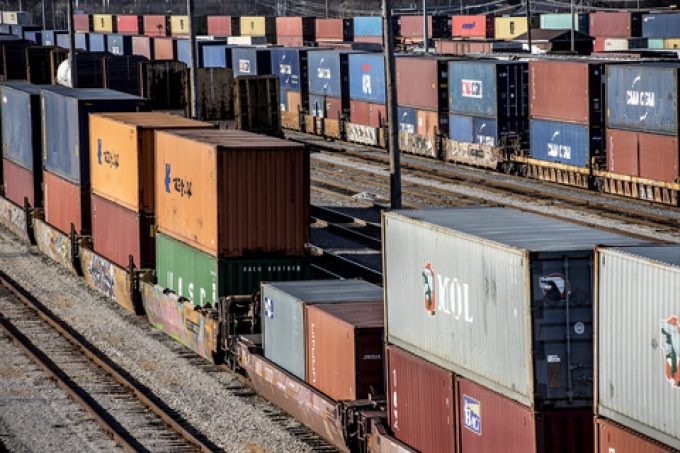US shippers slam USTR port fee plan – 'an apocalypse for trade'
The Trump administration’s plan to revive US shipbuilding by levying hefty fees on China-built or ...

US president Biden stepped in at the eleventh hour to avert a work stoppage that could paralyse the severely strained rail system.
With the possibility of industrial action as early as today (18 July), he signed an executive order on Friday for a board of arbitrators to seek a solution to the railway contract dispute simmering since January 2020.
During the 60 days given to the board to develop a compromise, no industrial action can happen.
“I have been notified by the National ...
Asia-USEC shippers to lose 42% capacity in a surge of blanked sailings
Why ROI is driving a shift to smart reefer containers
USTR fees will lead to 'complete destabilisation' of container shipping alliances
New USTR port fees threaten shipping and global supply chains, says Cosco
Outlook for container shipping 'more uncertain now than at the onset of Covid'
Transpac container service closures mount
DHL Express suspends non-de minimis B2C parcels to US consumers

Comment on this article